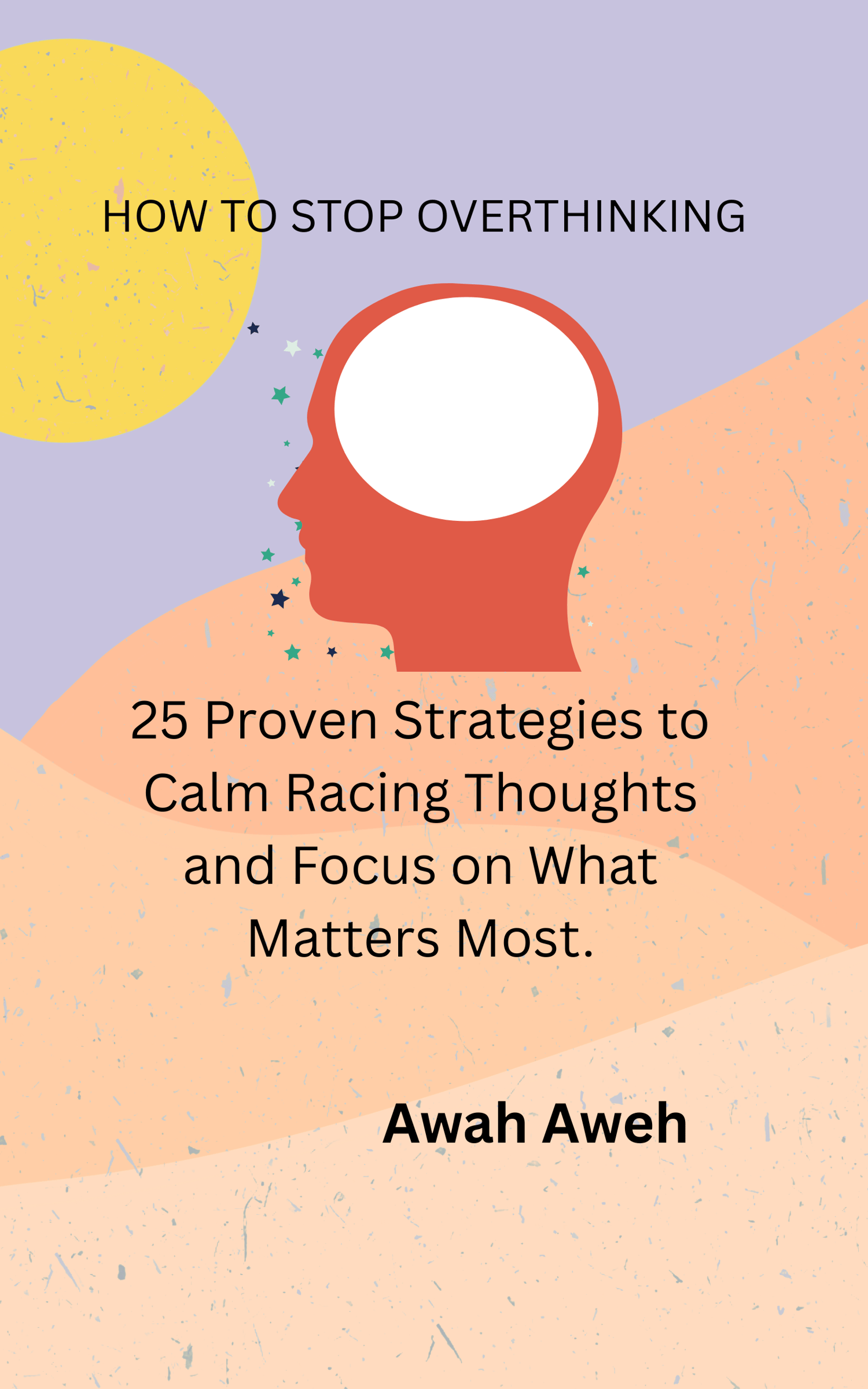Anxiety can sneak up on us. One moment, you’re okay. The next, your heart’s racing, your mind’s spinning, and everything feels too much. If you’re a young adult trying to stay calm in a busy, noisy world, mindfulness can help. It’s not a magic trick, but it works — and it’s simple.
In this article, you’ll learn how to use mindfulness to feel calmer and in control. I’ll walk you through what to do, when to do it, and exactly how to do it.
What Is Mindfulness?
Mindfulness means paying full attention to what’s happening right now. Not worrying about yesterday. Not stressing about tomorrow. Just focusing on the moment you're in — with kindness and no judgment.
It’s like pressing pause on the noise in your mind. It helps you feel calm, clear, and more in control.
Why Mindfulness Works for Anxiety
Anxiety often comes from our thoughts — thinking about what could go wrong, what we should’ve done, or what might happen next. Mindfulness pulls us out of that mental storm. It brings us back to now. It slows down our thoughts, helps us breathe, and calms our body.
With practice, mindfulness teaches your brain to stay steady — even when life feels shaky.
When Should You Practice Mindfulness?
Here are key moments to practice mindfulness:
- When you wake up – Start your day with calm.
- When you feel stressed – Pause before reacting.
- Before sleep – Help your mind settle down.
- Anytime your thoughts race – Mindfulness is your anchor.
You don’t need hours. Just a few minutes each time can make a big difference.
What You Need to Do (Step-by-Step)
Here’s how to practice mindfulness in simple steps.
1. Mindful Breathing (2-5 minutes)
When to do it: Morning, before sleep, or during stress
How to do it:
- Sit comfortably. Close your eyes.
- Take a slow breath in through your nose (count to 4).
- Breathe out gently through your mouth (count to 4).
- Focus only on your breath.
- If your mind wanders (it will), gently bring it back to your breath.
Insight: Your breath is always with you. It's the fastest way to calm your nervous system.
2. Body Scan (5-10 minutes)
When to do it: Before bed or during anxiety
How to do it:
- Lie down or sit. Close your eyes.
- Focus your attention on your toes. Notice how they feel.
- Slowly move your attention up — feet, legs, stomach, chest, arms, neck, head.
- If you feel tension, breathe into that spot and let it go.
Opportunity: This builds body awareness. You’ll catch tension early and release it before it builds.
3. Mindful Walking (5-15 minutes)
When to do it: During breaks or walks
How to do it:
- Walk slowly and gently.
- Feel each step — heel, sole, toes.
- Notice your surroundings without judgment — the wind, the trees, the sounds.
- Stay present. If your mind drifts, return to your steps.
Insight: Mindfulness doesn’t have to happen on a mat. You can bring calm into your everyday walk.
4. 5-Senses Check-In (1-3 minutes)
When to do it: During panic or overwhelm
How to do it:
- Name 5 things you see
- Name 4 things you feel (your clothes, the chair, etc.)
- Name 3 things you hear
- Name 2 things you smell
- Name 1 thing you taste
Exactly why it works: This brings your brain into the present and out of anxious thoughts.
Keep It Simple
Mindfulness is a skill. You don’t need to be perfect. You just need to practice.
Start small. Maybe 3 minutes a day. Then build up.
Here’s a simple plan to follow each day:
- Morning: 2 minutes of mindful breathing
- Midday: 5-minute mindful walk or senses check-in
- Evening: 5-minute body scan
Set a reminder on your phone if it helps. Over time, it becomes a habit.
Mindfulness Brings Calm, Clarity, and Control
You can’t always control what happens around you. But you can control how you respond. That’s what mindfulness gives you. It’s a calm space inside you — ready whenever you need it.
It won’t make anxiety disappear forever. But it makes it easier to manage, one breath at a time.
If you found this article helpful and want to support more content like this, feel free to give a free-will donation here:
Support here
Want more tools to stay inspired and joyful?
Check out my eBooks here
Love this type of content? Read more here
You deserve peace. Start with one mindful breath.












.jpg)
.png)
.png)

No comments:
Post a Comment